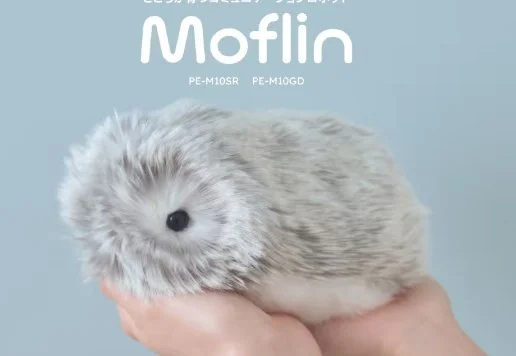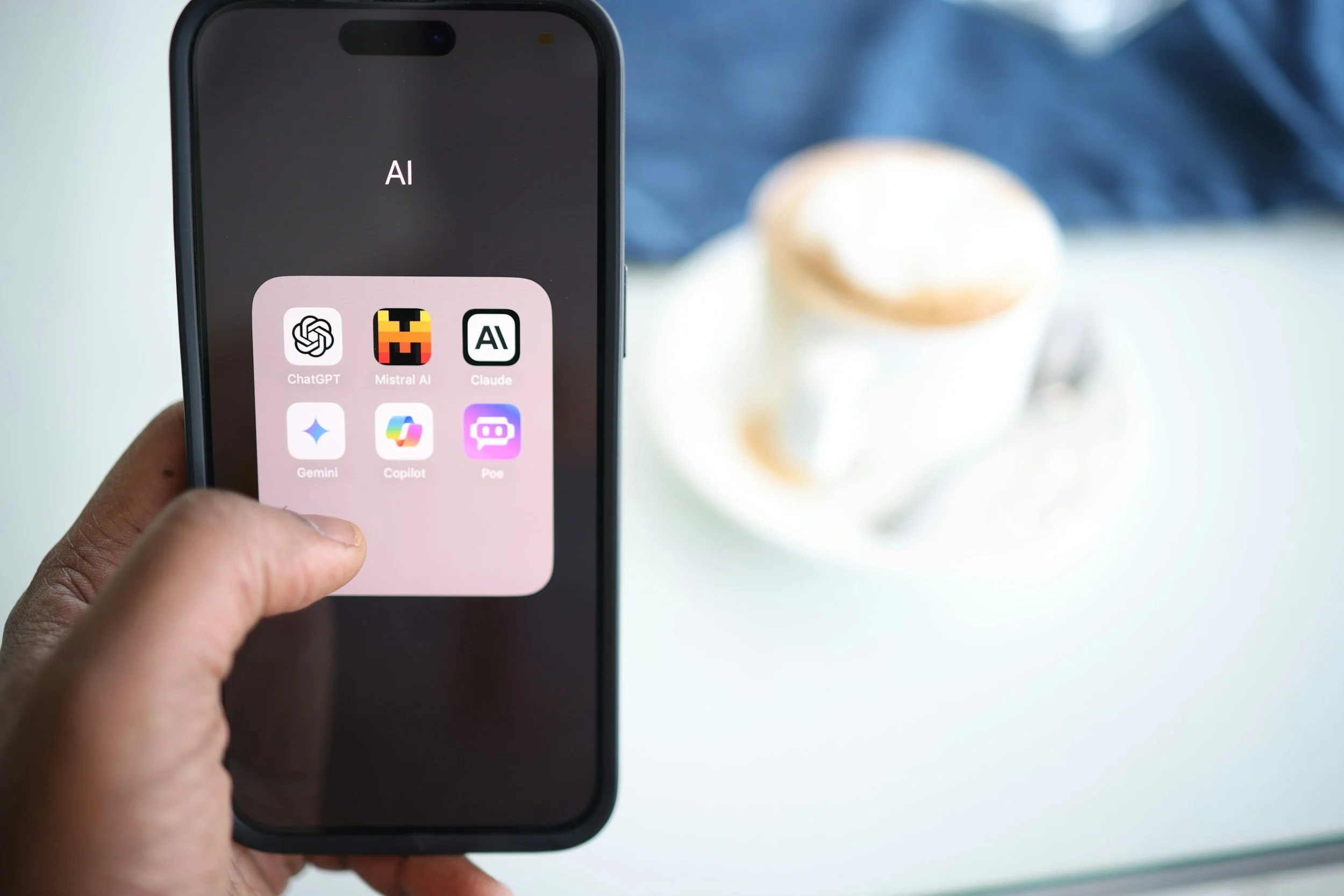The Idea of Gradual Organic Consciousness Transfer via Neuroplastic Migration
The pursuit of transferring human consciousness from one biological substrate to another has often been limited by philosophical dilemmas, technological barriers, and the intrinsic complexity of subjective experience. This article proposes a speculative but biologically grounded method for achieving true consciousness transfer without duplication or loss of continuity. The concept centres on leveraging neuroplasticity and brain-to-brain interfacing to gradually shift consciousness from a living human brain to a biologically engineered, blank but viable brain substrate. This approach bypasses the pitfalls of mind uploading and instant replication, instead embracing continuity through adaptive biological migration.
The idea of consciousness transfer has long fascinated scientists, philosophers, and futurists alike. Traditional approaches, such as digital mind uploading or full-body cloning, face significant technical and philosophical hurdles. Chief among these is the issue of continuity: whether the 'self' can survive such transitions or if these methods merely create copies devoid of the original subjective experience. This paper proposes a novel approach that maintains continuity by facilitating a gradual, organic migration of consciousness from one biological brain to another using established principles of neuroplasticity and emerging advances in neural interface technologies.
Theoretical Foundations
Neuroplasticity Neuroplasticity is the brain's ability to adapt structurally and functionally in response to changes, damage, or environmental demands. Studies in stroke recovery, hemispherectomy, and neurorehabilitation demonstrate that the brain can reorganize itself extensively. This adaptive property forms the foundation of the proposed method: if the brain can shift functions within itself, it may also be able to shift them to an external but biologically compatible extension.
Brain-to-Brain Interfaces (BBIs) Recent advancements in brain-to-brain communication in animals and preliminary experiments in humans suggest that high-bandwidth neural linking is possible. Technologies such as intracortical microelectrodes, optogenetics, and wireless neural transmitters are rapidly evolving, making the concept of interfacing two brains increasingly plausible.
Identity and Continuity Philosophically, continuity of consciousness is critical. The goal is not to copy or simulate the mind, but to preserve the ongoing stream of subjective experience. This approach adopts a Ship of Theseus model: by gradually replacing or relocating brain functions without a sudden break, continuity of self may be preserved.
Proposed Methodology
Step 1: Creating a Blank Biological Substrate A biologically engineered, non-sentient brain must be developed. This brain would be grown using advanced stem cell techniques and structured to match or exceed the neural architecture of the host brain. It should be devoid of memories or identity but capable of supporting full consciousness.
Step 2: Establishing a Neural Bridge A high-bandwidth, bidirectional neural interface would be established between the original brain and the blank brain. This could involve direct axonal connections, synthetic grafts, or advanced BCIs capable of transmitting sensory, motor, and cognitive signals across the two substrates.
Step 3: Functional Co-Activation The new brain would be gradually stimulated in tandem with the host brain during various cognitive, emotional, and motor tasks. This co-activation encourages synaptic strengthening and cross-brain plasticity, fostering interdependence and shared function.
Step 4: Directed Neuroplastic Migration Through a combination of induced stress, controlled neurodegeneration, or targeted inhibition of original brain regions, the system would encourage functional relocation. Neural pathways would adaptively reroute through the new brain substrate, gradually shifting locus of control and identity.
Step 5: Phasing Out the Original Brain As the new brain assumes full functionality, the original brain can be systematically decommissioned. If continuity has been preserved throughout the process, the individual should experience an unbroken stream of consciousness within the new biological substrate.
Challenges and Considerations
Technical Feasibility
Creating a viable blank brain and interfacing it at the necessary resolution remain major challenges. However, rapid progress in organoid development, connectome mapping, and neural implants suggest these barriers are not insurmountable.
Ethical Implications
The ethical implications of growing and manipulating human brains, especially regarding identity and autonomy, must be carefully considered. Regulatory frameworks would need to evolve alongside technological progress.
Measuring Success
Determining whether true consciousness transfer has occurred is complex. Objective neural mapping and subjective continuity reports may serve as provisional metrics, but definitive proof may remain elusive.
Future Outlook
With continued advancements in neuroscience, regenerative medicine, and brain-computer interfaces, the possibility of gradual, biologically grounded consciousness transfer could move from speculative fiction to plausible reality. In the near term, this framework may inform research into cognitive prosthetics, neural rehabilitation, and identity preservation in degenerative conditions.
Simply Put
This idea outlines a path toward achieving true consciousness transfer without the philosophical and technical pitfalls of digital uploading or cloning. By leveraging the brain's innate plasticity and emerging neural interface technologies, it may be possible to engineer a gradual, continuous shift of the self from one biological substrate to another. Though the road ahead is long and fraught with challenges, the potential rewards are profound: the preservation of identity, extension of conscious life, and a redefinition of what it means to be human.






